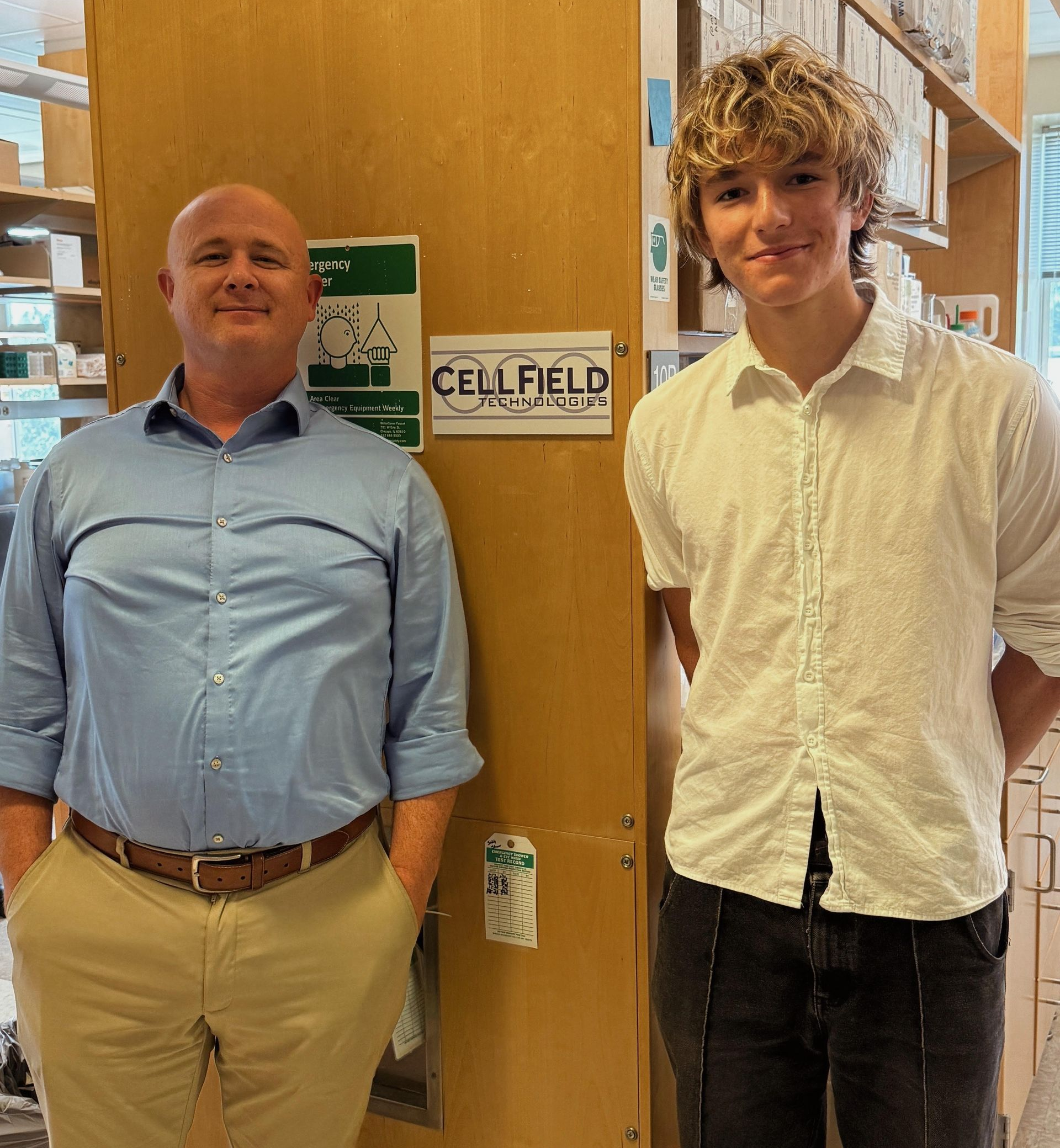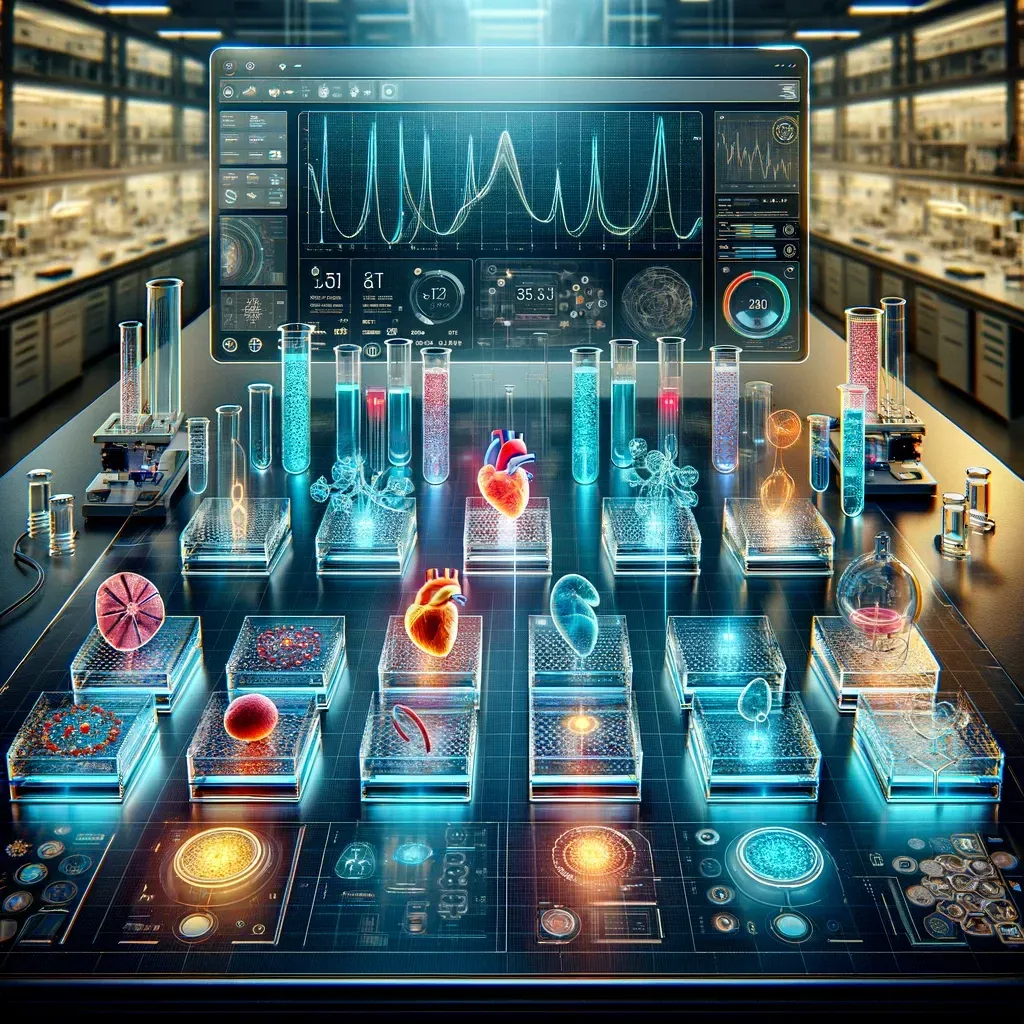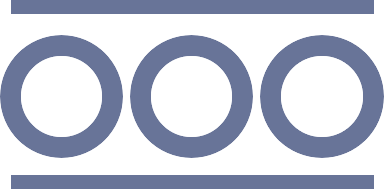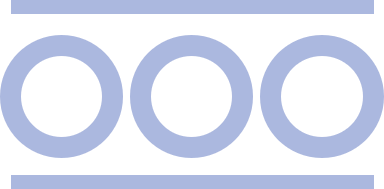Bioprinting in Osteoarthritis: Revolutionizing Joint Repair
Bioprinting technology is advancing the development of cartilage tissue, offering new possibilities for osteoarthritis treatment and joint regeneration.

Osteoarthritis (OA) is a degenerative joint disease affecting millions worldwide, causing pain, stiffness, and loss of mobility. Current treatments focus on symptom management—such as pain relievers, physical therapy, or, in severe cases, joint replacement surgeries—but none address the root cause of cartilage degradation. As global populations age, the need for more innovative, regenerative therapies for OA becomes increasingly urgent.
Bioprinting Technology: An Introduction
Bioprinting is a promising field within tissue engineering, using 3D printing technology to create layers of living cells and biomaterials. For osteoarthritis, the goal is to regenerate functional cartilage tissue, restoring joint function and delaying or eliminating the need for traditional metallic, ceramic, and synthetic polymer joint replacement materials. With bioprinting, personalized tissue scaffolds can be designed to mimic the complex structure of cartilage, enabling better integration with surrounding tissues.
Key Research in Bioprinting for OA
Recent research efforts have made impressive strides toward developing bioprinted cartilage. A key focus is on bioinks—gel-like substances that support living cells during the printing process. These bioinks, often composed of hydrogels, allow for the creation of cartilage-like tissue structures. Preclinical studies have demonstrated that bioprinted cartilage can survive and function when implanted into animal models, showing promise for future clinical applications. Additionally, researchers are working on optimizing the printing process to replicate the complexity of natural cartilage, including its zonal structure and mechanical properties. Some studies have shown that stem cells can be incorporated into bioprinted scaffolds.
Challenges and Future Directions
Despite its potential, bioprinting for osteoarthritis faces several challenges. The complexity of cartilage tissue, which must be strong yet flexible, makes replication difficult. Scalability is another hurdle—developing bioprinted tissues large enough to repair significant joint damage is still in the early stages of research. Moreover, ensuring that the bioprinted cartilage integrates seamlessly with surrounding tissues remains a challenge that needs to be addressed.
Looking ahead, the next steps in research will likely focus on enhancing biomaterials, improving the precision of bioprinted tissues, and conducting clinical trials. Combining bioprinting with other emerging technologies, such as stem cell therapies or autologous chondrocyte implantation, could open new frontiers in OA treatment.
Biotech News




